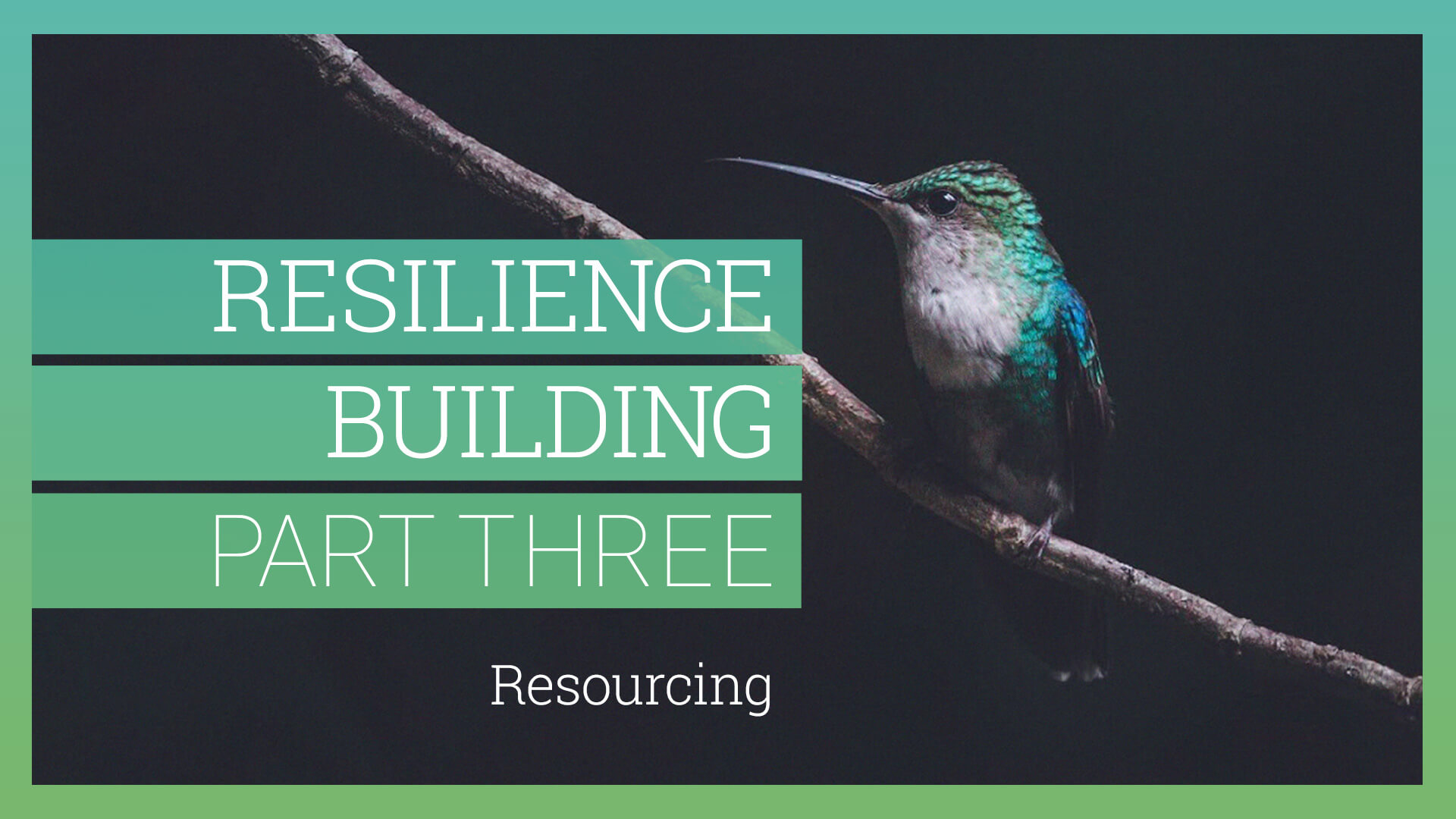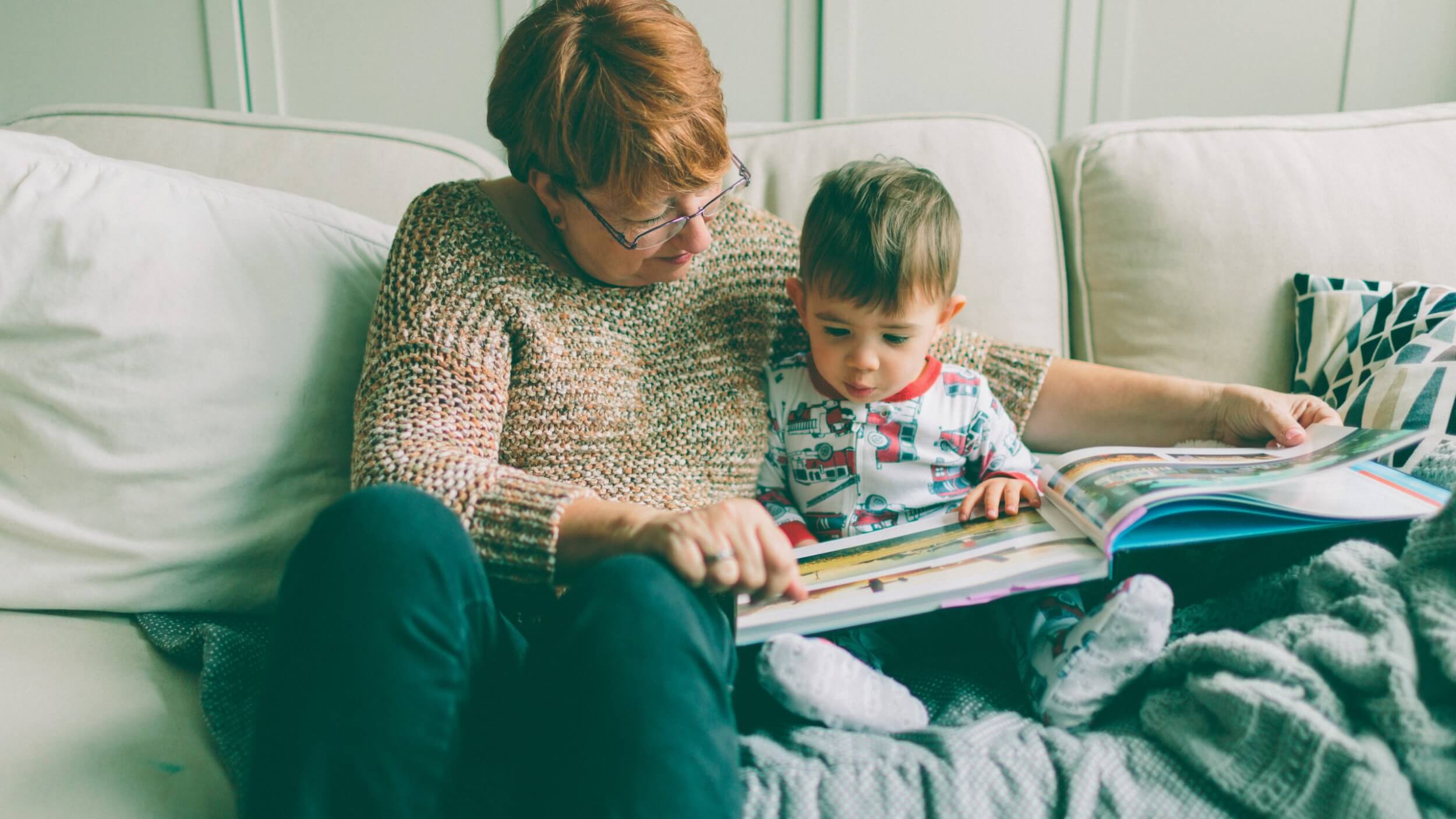
What is a Resource and Why is It Important?
Last week, I shared the idea of using sensory tools to bring balance back to the nervous system. This week, I’m going to share a tool called resourcing that I first encountered during my Trauma Resiliency Model certification.
A resource is anything that brings a sense of calm, peace, joy, or strength into the body. It may be external, relating to an object outside of you; or internal, such as a quality within yourself. External resources could be a scene from the natural world, the presence of an animal, or an image of a loved one’s face. They can be intangible, such as a fictional character from a favorite book or film, or an affirming word or phase. Internal resources refer to the qualities of your character that bring a sense of ease to the body or a feeling of empowerment in the world. Your resources are always available. You may use them at any time.
Types of Resources
Another way to think about resources is that they are a connection to a calmer moment. Resourcing, as a tool, is used when your nervous system is out of balance and you are feeling dysregulated. Whether external or internal, your resource has a quiet power that grows with gentle reflection.
Try to identify something that might serve as a resource for you, and hold it in mind. Examine it with a sense of curiosity. Are there associations that you have with this resource–any feelings, experiences, or memories? Does this resource have a special meaning? You might recall something that has helped to sustain you through life’s challenges. How does this recollection feel in the body? Resources restore a sense of well-being, flowing from the mind and through the body.

Nature
Nature is a profound resource for many of us. When I ask clients to visualize a calming scene, I find that, in their mind’s eye, they often see a place of deep resonance in the natural world. It might be an image of a lake where they swam as a child, a forest where they took long hikes, oceans, mountains, or meadows. Their vision invites them to a place of peace, tranquility, and awe.
Animals
Animals are another accessible resource for many people. They can be summoned into consciousness as a reminder that the qualities inherent to them also lie within you. Bears are strong. Lions are brave. We think of elephants as gentle, protective, and wise. And dogs and cats seem to live in the eternal present. What do you need, right now? The joy of a dolphin or the poise of a swan? Animals often symbolize attributes that we want to cultivate within ourselves.
People
We may find comfort in remembering the face of a person who helped us become who we are. Perhaps someone comes to mind who has given you emotional or spiritual comfort and support. A neighbor who looked out for you, a friend who was always there for you, a teacher who never gave up on you? How does that remembrance feel in the body? I often think of my mother, how she loved and endured, and the things that made her laugh. You might have a personal hero, past or present, who provides courage and inspiration.
Objects or Words
Sacred objects, mantras, heirlooms, lines from a favorite poem, or the artwork on your refrigerator may be important resources. Brought from the outside inward, external resources of all kinds lead us to inhabit the body and the moment more deliberately. In doing so, they enable the nervous system to regulate.
Internal Resources
Internal resources have similar effects. They are abundant as well. These are the qualities, traits, and characteristics that speak to who you are. You might have developed empathy, wisdom, and a style that is perfectly yours. Perhaps friends have praised your sense of humor and generosity of spirit. Sometimes, without knowing it, we do things that make the world a better place: your warm smile to a stranger might help her run that last mile or just get through the day. In times of fear, doubt, and overwhelm, contemplate one of your internal qualities; honor and draw upon it, and notice the body sensations connected with that resource.

Amplifying a Resource
Once you identify and connect with a resource, the next step is to intensify or amplify it. You can amplify the power of your resource by posing questions related to the five senses. For example, if the resource is a memory of a day at the beach, how does the warmth of the sun feel on your body? Can you hear the waves and the seagulls? How does the sand feel as you scoop it in your hands and let it run through your fingers? Can you smell and taste the salty air? Have you noticed how the colors of the sky slowly change at dusk? And now, are the qualities of your resource more palpable and soothing in this present moment?
Noticing What Happens Inside
As you amplify your resource, notice what is happening in your body. Do you feel a sense of softening or expansion? Were you able to access a deeper breath? Can you feel tension dissolve in those places where you normally carry stress? Stay with and savor those sensations of release. Resourcing restores equanimity and builds resilience.

How to Use Resourcing with Kids
Children have their own resources of people, places, and things which help them regulate and build resilience.My favorite way to introduce resourcing to kids is through art. Bravery shields and resiliency boxes are excellent ways to explain and illustrate the idea of resources. I post mindfulness-based art activities on my social media each week.
Another way to help your kids connect to their resources is to ask them about their close friends, their favorite games and activities, favorite characters from books or shows, or their favorite foods and places. Reflect back what you observe as they share more details with you. “I see a big smile on your face as you think about when Grandma came to see you last summer.” “I notice you took a bigger breath and your chest swelled when you shared about the goal that you scored in your soccer game!” These reflections help kids to connect their thoughts and feelings with sensations in the body.
Time to Reflect
Make a note of your resources this week, and when you begin to feel agitated by what is happening at home or in the world, call one of your resources to mind. Let yourself linger in the memory or the scene and notice what happens inside as you do. If you notice your kids becoming stressed or worried, find a way to bring in a resource. Ask them a question about a happier time or calmer place. As you engage in the conversation, reflect back what you notice in your child.
Remember, resourcing is not about avoiding the stressors in your life. It’s a skill that allows your nervous system to reset, to come back into a state of balance and regulation. It enhances our capacity to withstand and move through whatever is happening in our lives. We all need breaks from daily stress. Resourcing is an effective way to replenish and restore.
